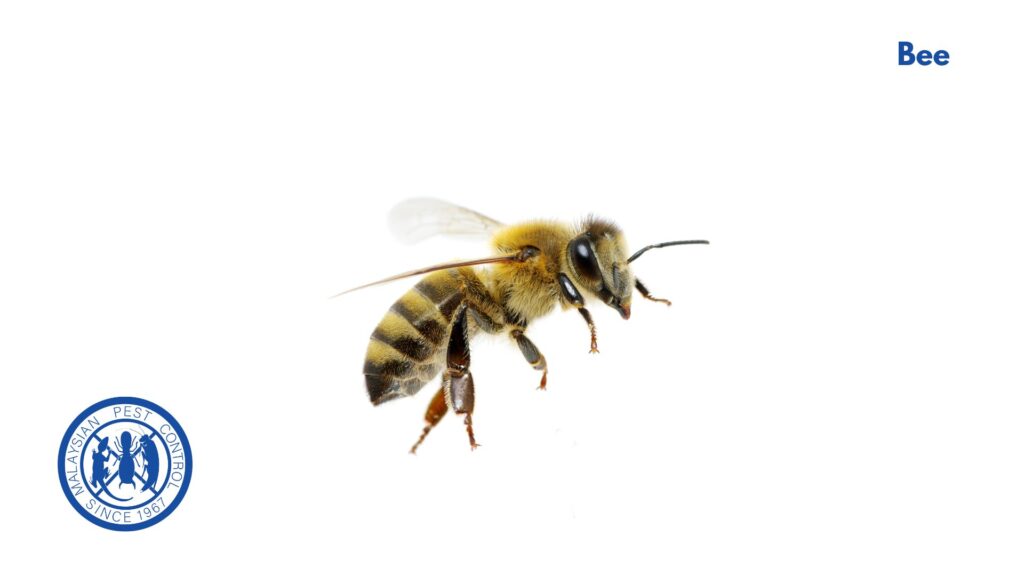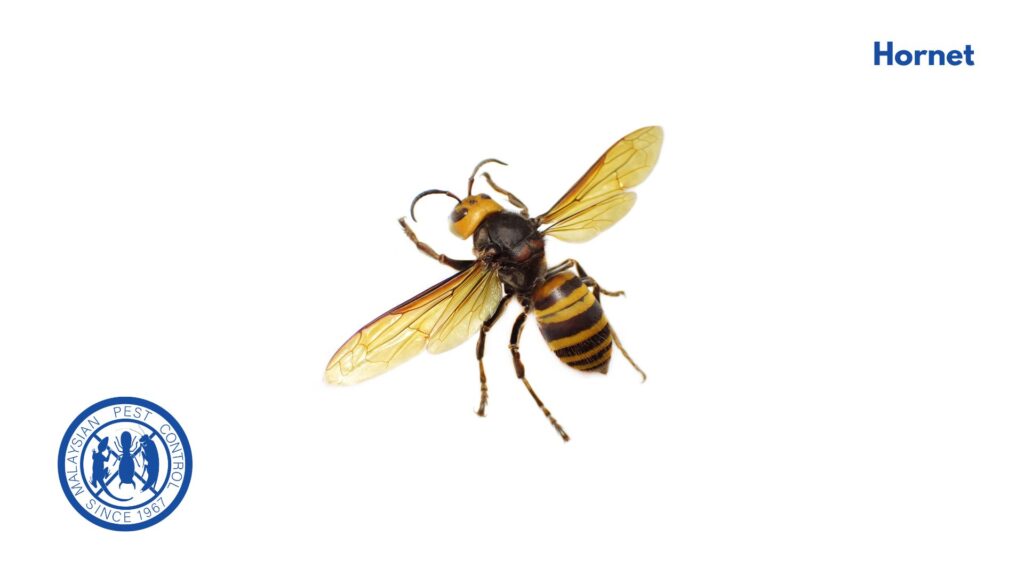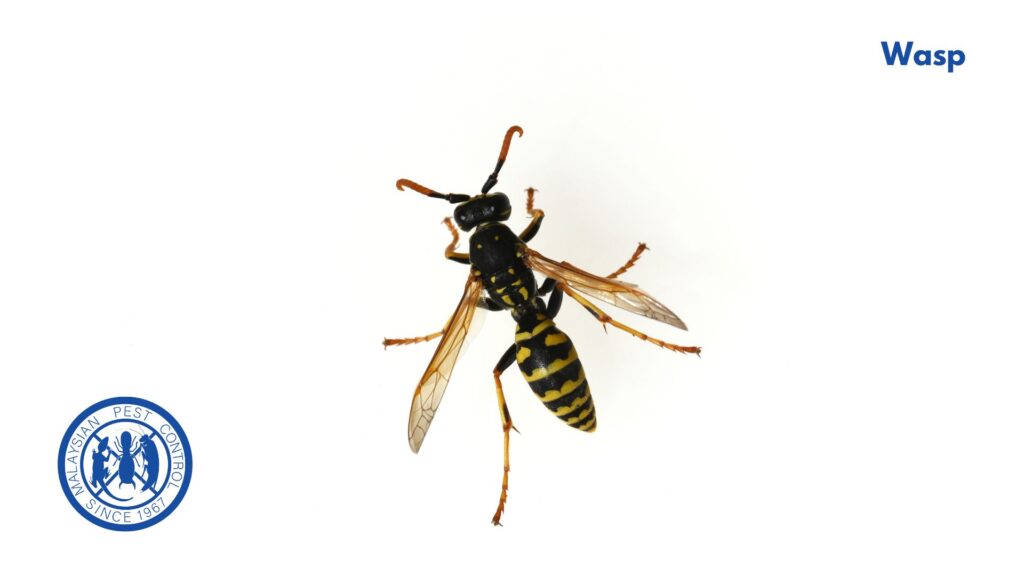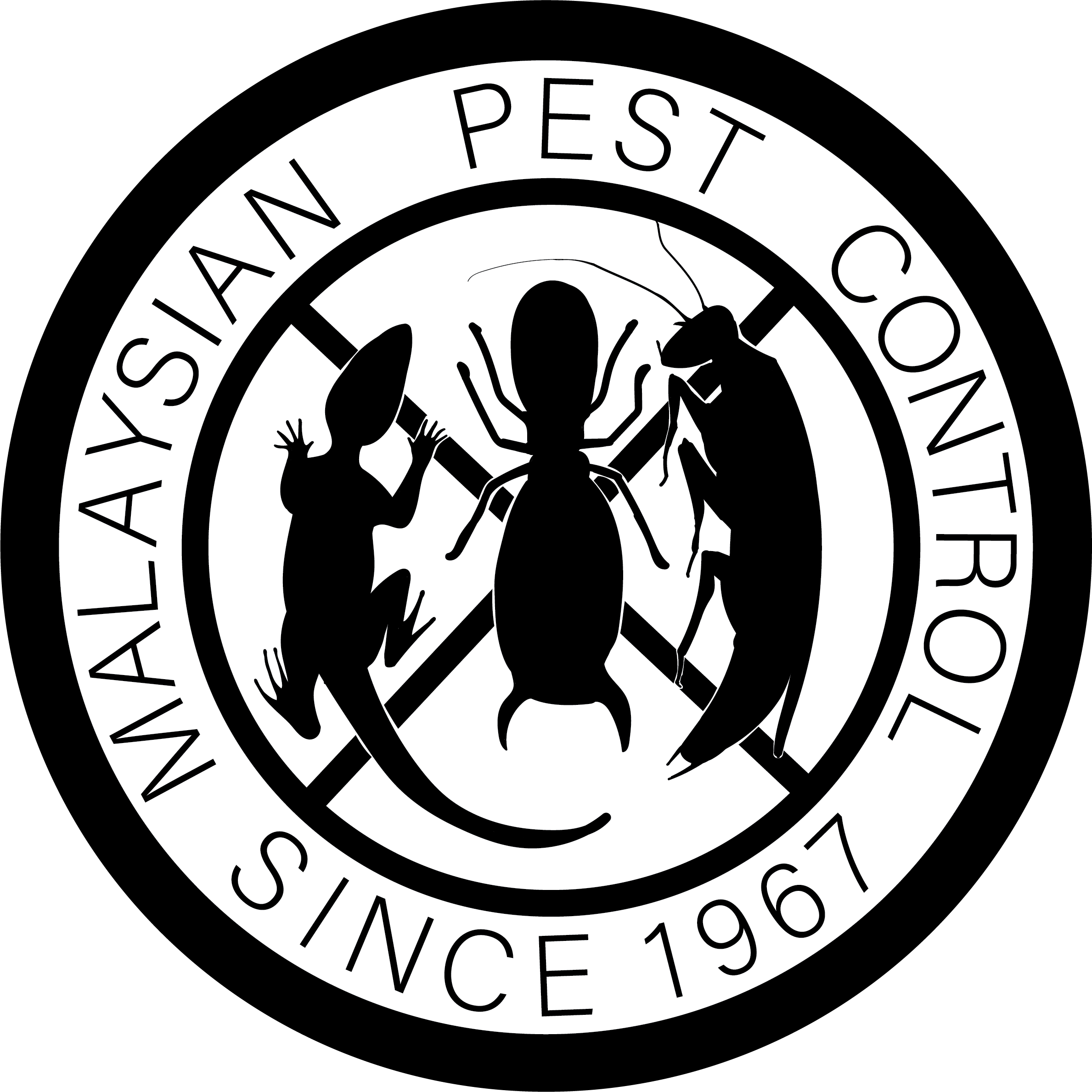About Bees, Hornets & Wasps
Bees, hornets, and wasps are often grouped together due to their similar appearance and stinging ability, but they belong to different families and have distinct behaviors, habitats, and roles in the ecosystem.
Bees are beneficial to humans because they pollinate plants, whereas wasps and hornets help out by eating other insects. However, all three can be hazardous. Stings can be dangerous to those allergic to their venom – although these insects will only sting if they feel they or their nests are in danger. Bees die after they sting. Unlike bees, wasps and hornets will not die after they sting.
Here’s a breakdown of their differences:



Bees
- Family: Apidae (for honeybees and bumblebees) and others.
- Characteristics: Bees tend to have a more robust and hairy body, which is beneficial for pollen collection. Most species are vegetarians, feeding on nectar and pollen.
- Behavior: Bees are generally less aggressive and only sting in self-defense. They play a crucial role in pollination, helping in the reproduction of flowering plants, including many crops.
- Habitat: Many bees are social insects living in colonies (e.g., honeybees and bumblebees), while others are solitary (e.g., carpenter bees).
- Economic and Ecological Importance: Essential pollinators in ecosystems and agriculture, contributing significantly to global food production. Usually bees are not regarded as pests. In fact, certain insecticides have been banned due to their threat to bees population.
- Splitting a Hive: When beekeepers split a hive to form a new colony—a practice known as “making a split” or “splitting a hive”. After a hive is split, bees in the new hive box may appear unsettled or may cluster outside the hive for a short period. Sometimes this result in swarming behaviour. Therefore, these bees may just be a temporary visitor at your place.
Hornets
- Family: Vespidae (a type of wasp, with hornets being a subset).
- Characteristics: Hornets are larger than most wasps, with some species exhibiting a strikingly robust body and a relatively gentle temperament compared to other wasps. They typically have a white and black coloration, but this can vary.
- Behavior: Hornets are known for their aggressive defense of their nests and can sting repeatedly to defend against threats.
- Habitat: They build large paper nests, which can be found in trees, shrubs, or occasionally attached to buildings.
- Economic and Ecological Importance: Some hornet species are considered pests due to their potential to harm bee populations and humans. However, they also play roles in controlling other pest insect populations.
Wasps
- Family: Vespidae (including hornets and yellowjackets among others) and others.
- Characteristics: Wasps have slender bodies with a narrow waist connecting the thorax and abdomen and less hair compared to bees. They come in various colors, from yellow and black to metallic blue or green.
- Behavior: Wasps can be more aggressive than bees, especially when threatened. Unlike bees, many wasps are omnivorous, feeding on other insects as well as nectar.
- Habitat: Wasps can be social (forming colonies) or solitary. Social wasps build nests from paper-like material, while solitary wasps may nest in the ground or in cavities.
- Economic and Ecological Importance: Wasps are important predators of pest insects, making them beneficial for natural pest control. However, their stings can pose risks to humans, especially to those with allergies.
Key Differences
- Diet: Bees are primarily pollinators, whereas wasps and hornets have a more varied diet that can include other insects.
- Aggressiveness: Bees are generally less aggressive; wasps and hornets can be more so, especially in defense of their nests.
- Appearance: Bees are typically hairier, aiding in pollen collection; wasps and hornets have a smoother appearance with a more defined waist.



